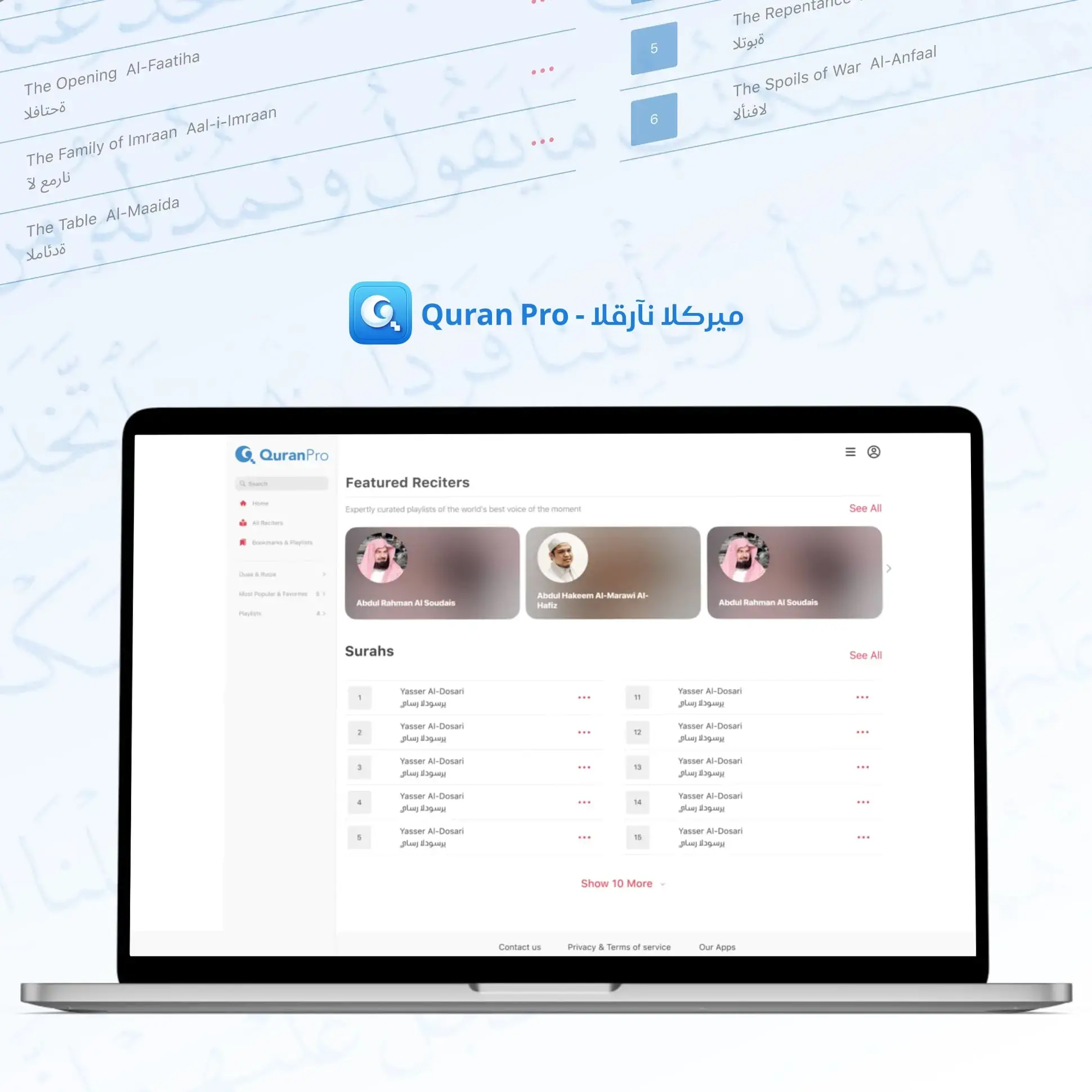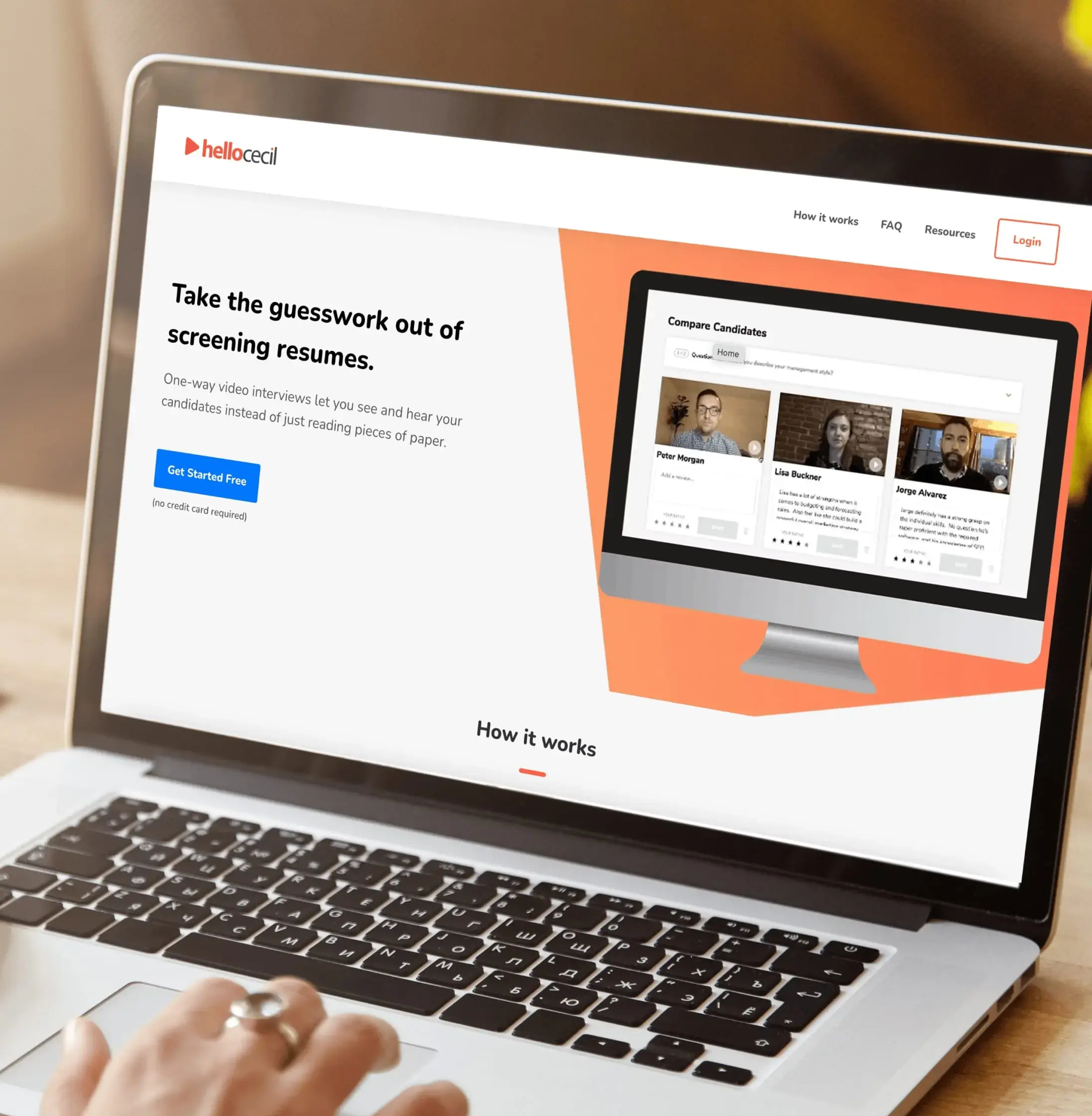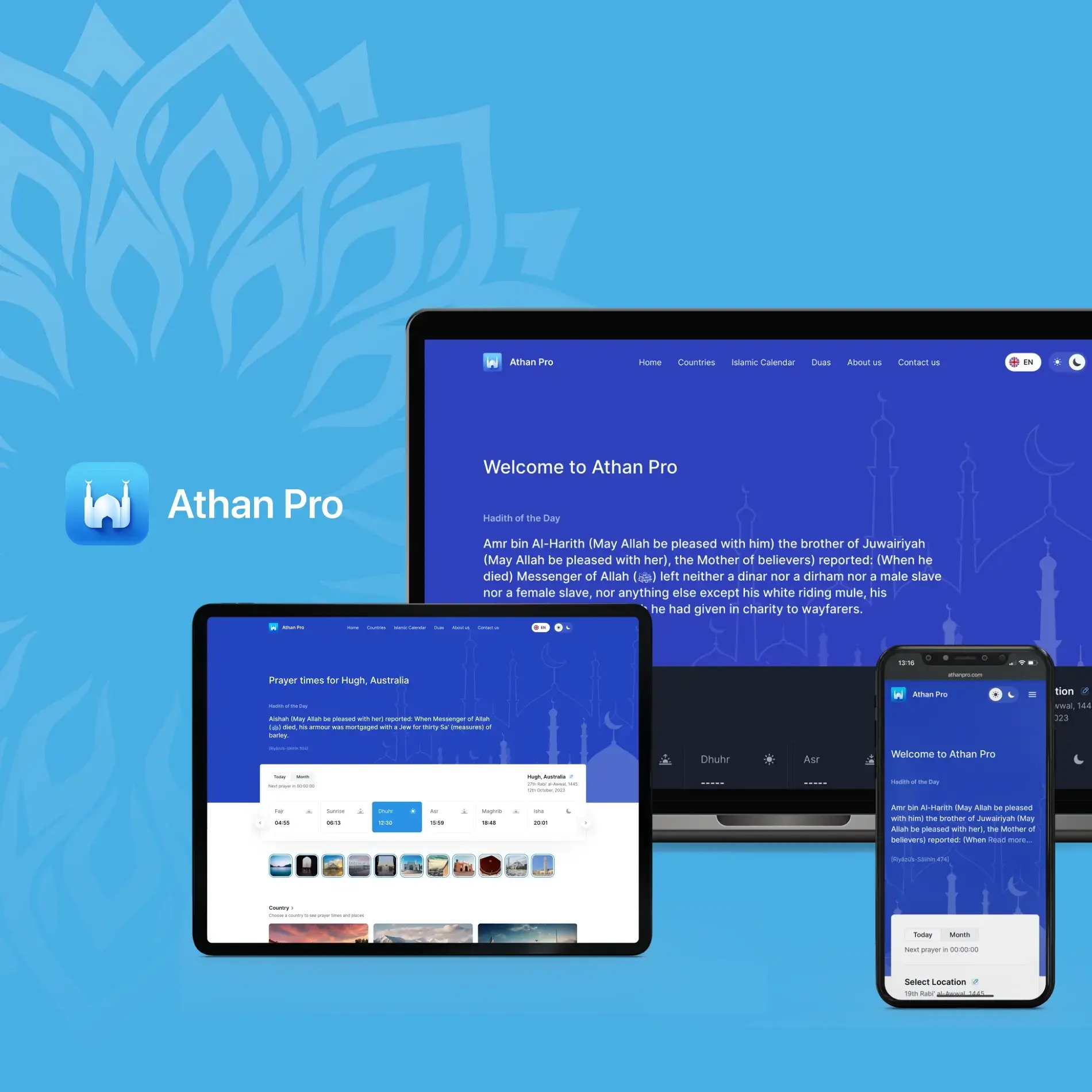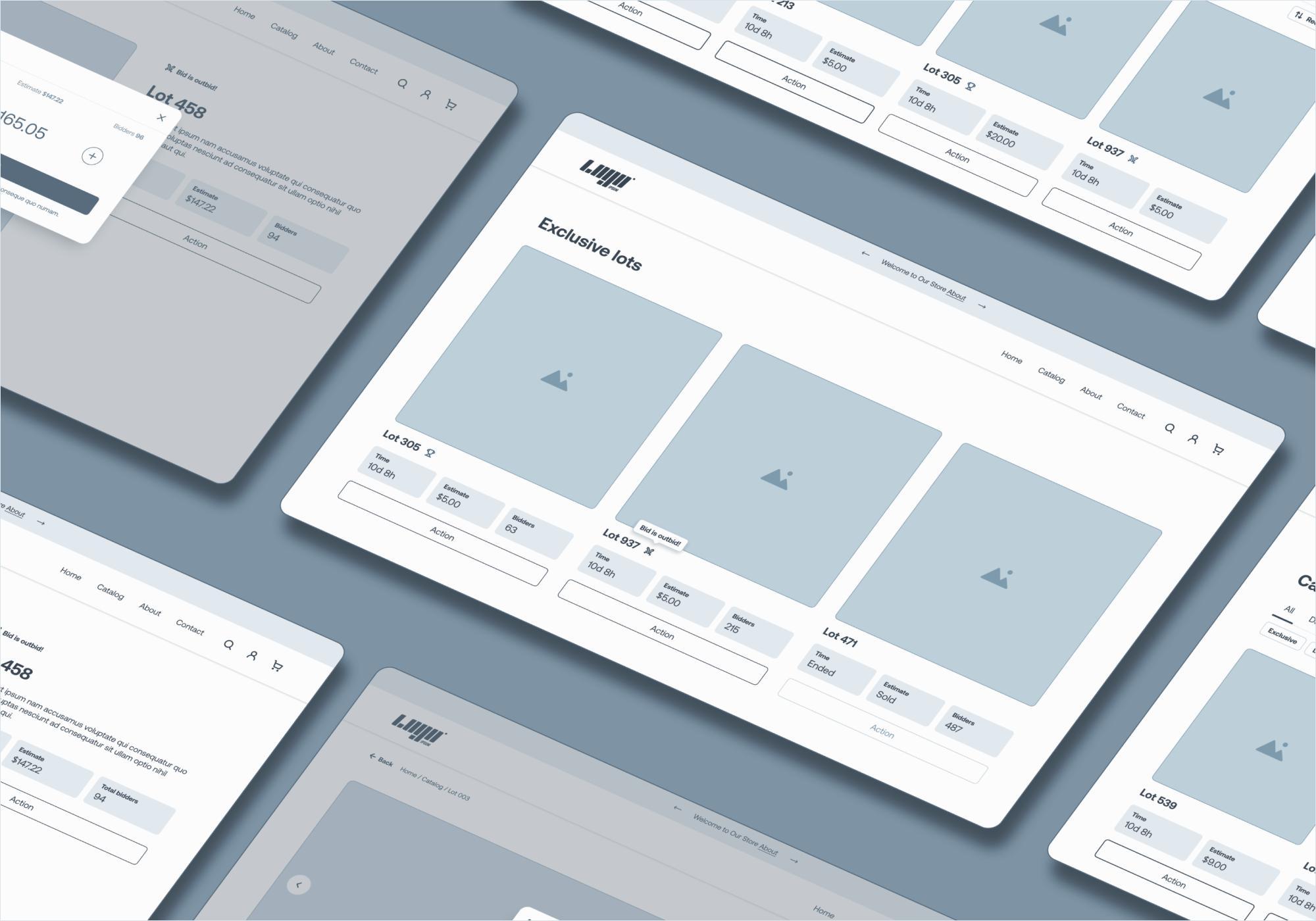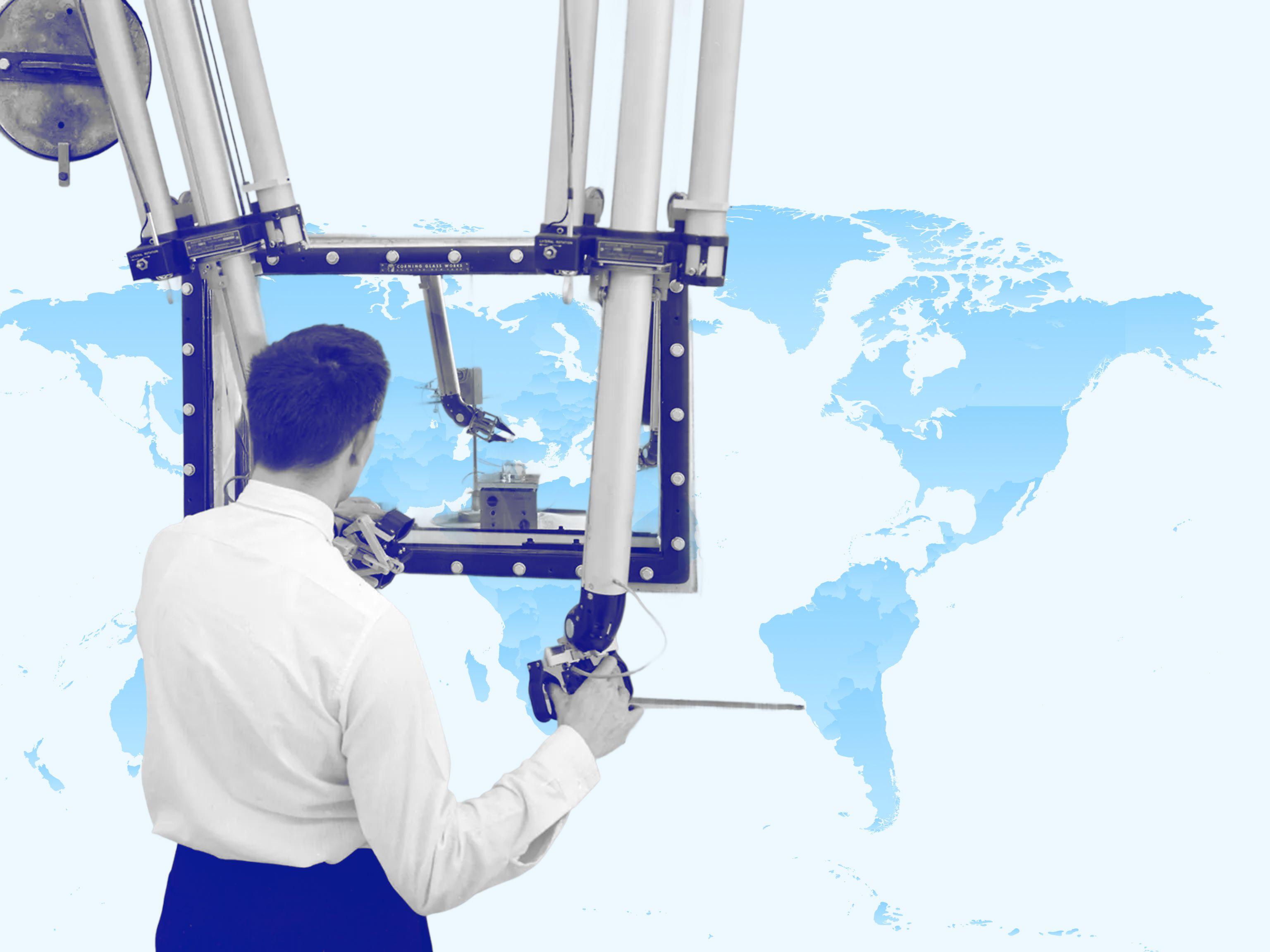
- Healthcare Software
- Web Development
Healthcare Web Development: Comprehensive Guide for 2025
From project types and budget estimation to team selection and tech hacks — your all-in-one manual.
February 12, 2024 | Updated on November 24, 2025 | 10 min

Alex Padalka
CEO and Co-founder at JetBase
Table of Contents
- Why Does Your Company Need Healthcare Web Development?
- How Much Can a Healthcare Web Development Cost?
- Types of Healthcare Web Development
- Healthcare Web Development Trends
- Healthcare Web Development Guidelines
- Healthcare Website Development Components
- Key Functionality for Medical Website Development
- Healthcare Website Design
- How to Develop a Healthcare Website?
- 5 Steps of Medical Web Development
- Determining the Cost of Medical Web Development
- How to Choose a Healthcare Web Development Team?
- Conclusions
- FAQ
Our Cases
Innovation isn’t just about ideas - it’s about execution, turning vision into reality, and creating solutions that truly make an impact. See what we’ve built and how it works:
- HealthCare
- Media & Entertainment
- eCommerce
- Amazon Web Services
- Cloud Cost Optimization
- Serverless Application
- Retail
- HealthCare
- Media & Entertainment
- eCommerce
- Amazon Web Services
- Cloud Cost Optimization
- Serverless Application
- Retail


